Civix is revolutionising Civil Engineering
by leveraging the power of artificial intelligence and automation. Level AI significantly reduces design time and minimises human error. This innovation saves you time, lowers holding costs, reduces delays, and provides a competitive edge.
Level AI’s Detailed Design Generative Artificial Intelligence can handle any site, no matter the complexity, enabling you to assess feasibility in hours instead of weeks. It seamlessly integrates with your existing design software, transforming 2D site layouts into impressive 3D models.
When faced with unexpected challenges like soil composition changes or evolving requirements, simply update the parameters and let the AI regenerate your designs with a single click. Plus, with the upcoming
Service AI from Allsite.ai, you’ll soon be able to effortlessly generate servicing systems.
Civix holds exclusive rights to the advanced Level AI software used in our projects within New Zealand. This ensures that our clients benefit from cutting-edge technology and unique solutions that are not available anywhere else in the country.
Service Design at the click of a button
Roading
Level AI has proprietary algorithms and AI models to generate full roading geometry in compliance with local roading standards. Our full roading geometry system takes into account:
Retaining Walls
Retaining walls are fully supported in the Level AI model. If the site layout as proposed doesn’t have a viable solution for the grade controls, the artificial intelligence will automatically carry out an options assessment on increasing wall height and increasing the number of walls to provide a compliant design.
Features include:
Lot Grading
Full support for generating Type A/B/C or locally specialised lot grading requirements:
Detention
Level AI takes the location of existing and proposed infrastructure along with minimum grade and freeboard requirements and ensures roading and lot levels can be serviced to local standards. For flatter sites these systems can become the main constraint on site levels.
Level AI’s AI models factors this into the design:
How it works
Step 1 > Engagement
Contact Civix at info@civix.co.nz for a quote on your development project. Prices for a Level AI run range from $5,000 to $30,000. Additional services, including layout development, flood modelling, and engineering estimate preparation, can be added to the scope for an extra fee.
Step 2 > Layout
To get started, all we need is a layout for the site. This can be from an Urban Designer or Architect, or we can draw up layout options for you.
If you don’t already have a layout, we can hold a workshop with the project team to understand requirements and goals for the project and then work with suitable professionals to come up with layout proposals for the site.
Step 3 > Input Information
Grading Questionnaire > Upon signing up for the project we will send you a grading questionnaire to complete which sets out default parameters and standards to use in the design.
Existing Surface > The only other required information on top of layout options to test for the site is existing surface information. If you don’t already have a topographic survey for the site we can use publicly available lidar records to set the existing levels of the site. Topographic survey is more accurate than LIDAR so if a topographic survey is available this is the best information to use
Drainage and Sanitary Networks (Optional) > As the AI can take into account levels required on site to connect into drainage and sanitary networks this information makes the produced surface designs more accurate. Drainage and Sanitary network information is available publicly in some areas and is also often included in Topographic survey information. Please provide us any information you have on these networks, and we will load it into the model.
Geotechnical Reports (Optional) > LevelAI can model soil layers in the ground and allows design restrictions to be placed on the model at each borehole location. This allows for fine-grained control of design restrictions. To include this information in the model we need the Geotechnical report for the site.to review.
Step 4 > Model Build
Once we have the layout and other necessary information, we will proceed with the initial model build using default parameters. During this process, we will select the most suitable previously completed project to inherit design parameters from.
If the project is in an area we haven’t worked in before, we will review and incorporate local engineering standards to ensure the design complies with all relevant regulations.
Step 5 > Model Run
Once the build is complete, we will run the model. Initially, we will set target grading parameters without specifying any ground break features such as batters or retaining walls. The AI will then attempt to grade and balance the site with all the requirements specified. If this site is flat this first run may be viable and return a balanced design.
If it isn’t then the system will enter ‘WhatIf’ mode. In ‘WhatIf’ mode the system will add retaining walls and increase grades on lots and roads to see what would make the site design compliant. It will then return this information back to the designer to inform design changes to meet grading goals.
Step 6 > Design Workshop
After the model run is complete and a viable design is available, we will hold a workshop with the project team to look at the results and decide on any modifications needed to refine the design.
There may be several iterations on the design at this step. Modifications can include:
Step 7 > Outputs
Once the project team is satisfied with the model, we will export all the required information files. This ensures you have everything you need for the next steps in your development project.
Outputs include:


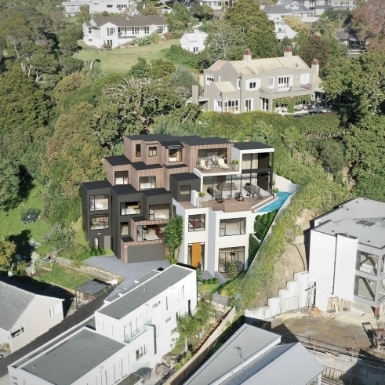
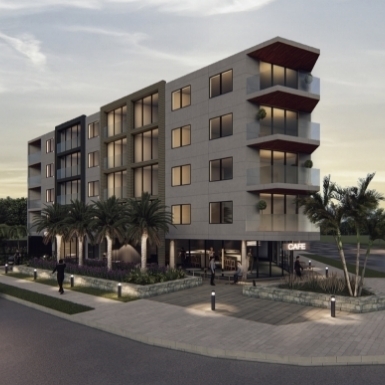










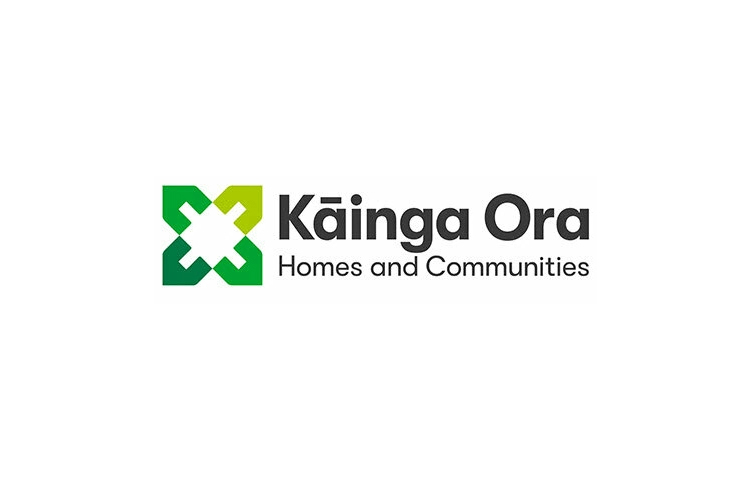


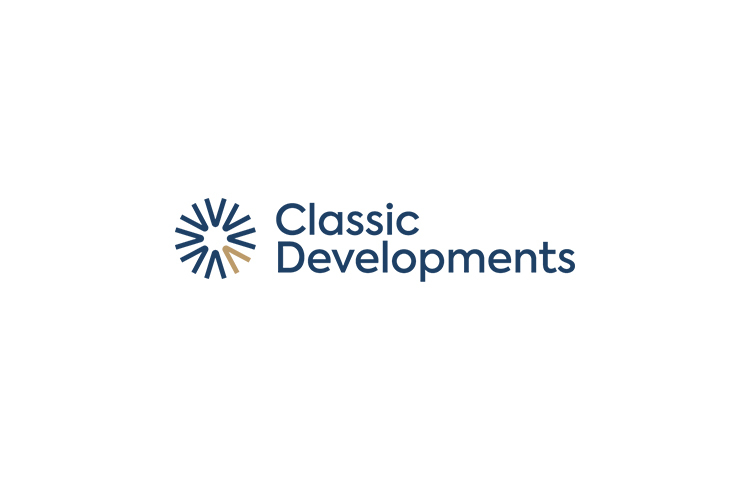
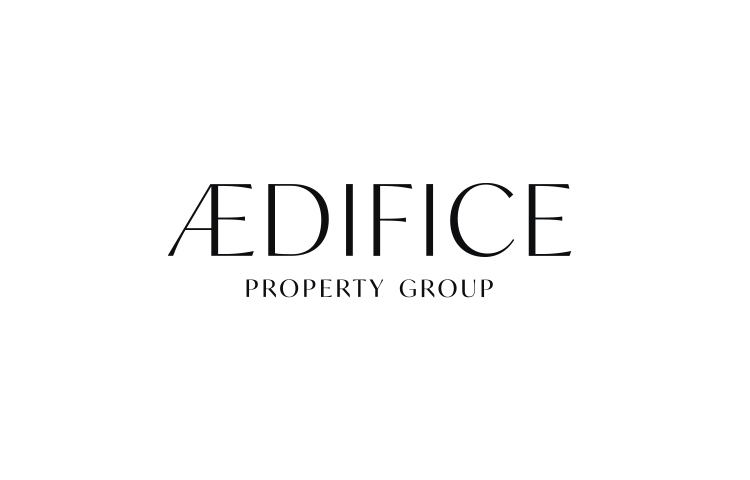
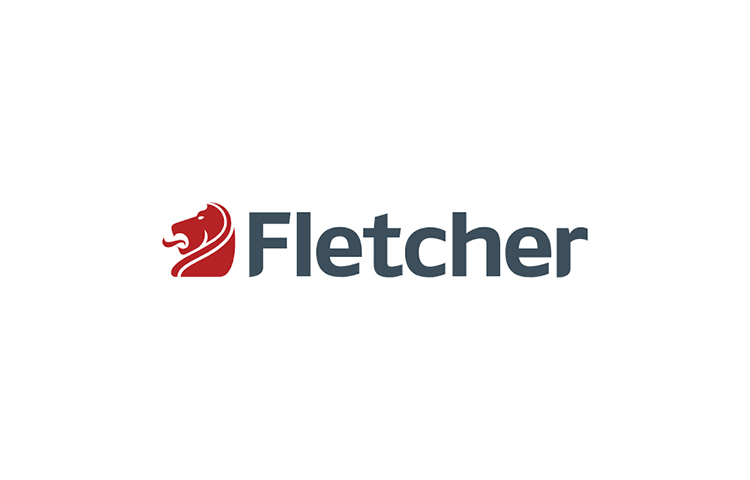
For private land developments, Civix Town Planners, Chartered Engineers and Licensed Cadastral Surveyors have got you covered from the initial site visit through to council sign off.
Contact Us